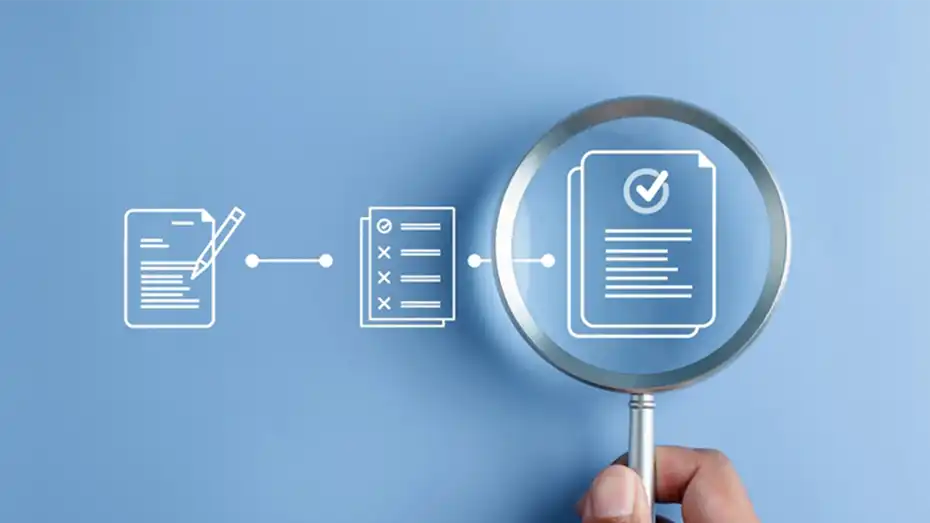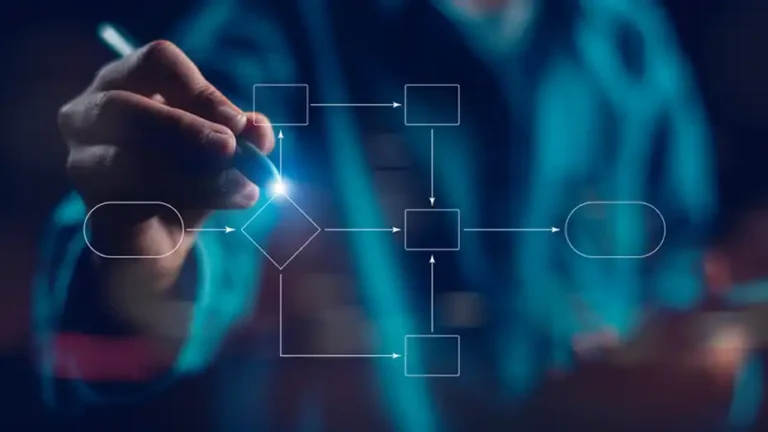What is task mining and how does it work?
As work becomes increasingly digital, businesses worldwide are seeking advanced methods to achieve operational excellence. Task mining software has emerged as a leading area of investment in recent years.
In this guide, we explain what task mining is, how it works, and what enterprise leaders need to know to succeed in their operational excellence initiatives.
What is task mining?
Task mining is a technology that automatically captures user interactions in business applications to analyze how different tasks get performed to help people identity improvement opportunities.
In simple terms, task mining helps companies get a better understanding of how the work is being done by employees. This gives them visibility over where the time is usually spent and how it could be improved.
Task mining can help you answer questions like:
- Are your employees able to perform the tasks given to the them with the tools and resources provided.
- How much time is spent on different tasks and where are the biggest bottlenecks in task management?
- What are the tasks that slow up your important processes, or create re-work in your workflows?
- Do different teams or individuals perform tasks in different ways, and are there best practices that can be shared enterprise-wide?
How does task mining work?
Task mining is a solution that helps to analyze tasks within business processes in a more automated and efficient manner. Its key objective is to enable the analysis of digital work and user interaction data to enable teams and individuals to improve operational efficiency.
There are a number of different task mining software solutions in the market with slightly different approaches. Generally the technology monitors being done on people´s computers, extracts the needed information, and the analyzes that to provide meaningful insights. It uses various task capture algorithms and techniques to identify patterns and trends within user interaction data. Finally, the key data is presented in a business intelligence toolkit with various dashboards and metrics that can be tracked over time.
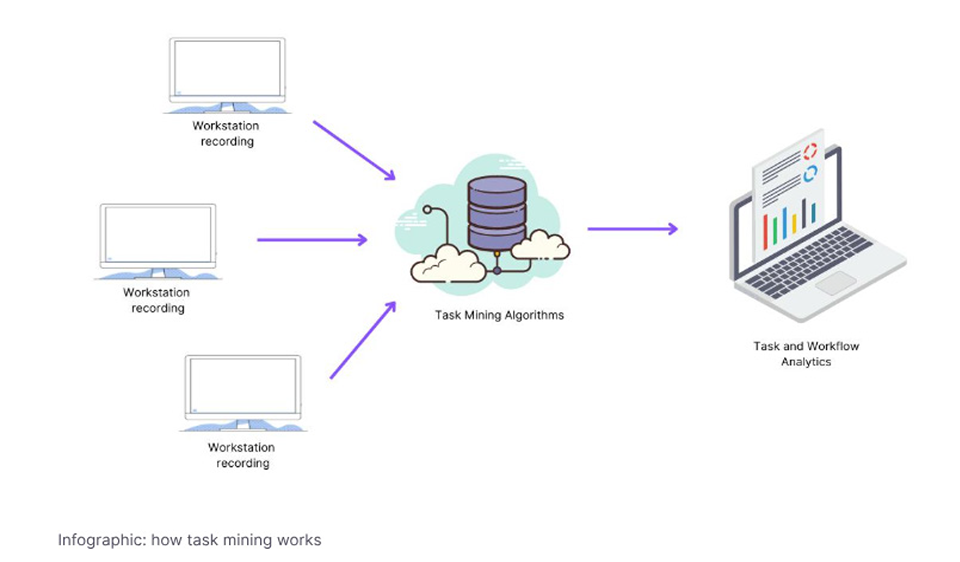
Task mining is focused on analyzing individual tasks rather than end-to-end process. In this context, a task is a smaller step within a business process. Some examples of user interactions, registered by task mining are mouse clicks, keyboards shortcuts, etc.
Early forms of task mining software relied on the user interaction data that comes from images and video recordings, but increasingly task capture technology involves advanced object character recognition (OCR) and other artificial intelligence techniques to automatically capture information from the workstation or business application while securing the data privacy of employees.
Steps in task mining
1. Monitoring and recording users’ activities
The first step in task mining is to record all the activities that employees are doing while working. For that, special tools are implemented on computers. They record mouse clicks, copy-pastes, and all the scrolls from whitelisted applications.
2. Understanding the background with Optical Character Recognition (OCR)
From the recordings that have lots of information, OCR helps to find bits of information that could be useful for further analysis. Those pieces of information could be words, numbers, links, etc.
3. Leveraging Natural Language Processing (NLP)
After all the necessary information is collected, NLP helps to group similar tasks and provides the data on them in a digestible way.
4. Identifying business tasks
Once activities are grouped together, they will be matched with the corresponding business tasks that need to be improved.
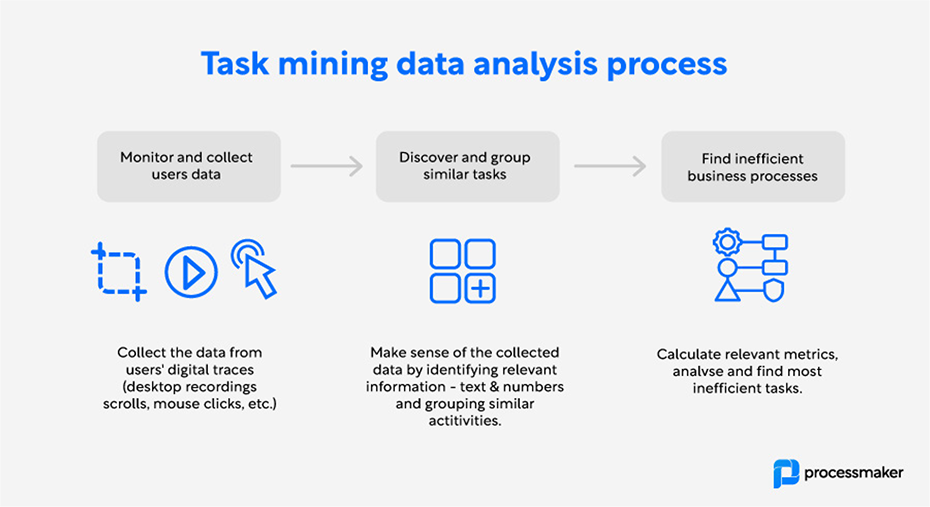
Examples of typical tasks recorded in task mining:
- Copy-pasting the information
- Uploading/downloading the documents
- Scrolling through the systems
- Mouse clicks
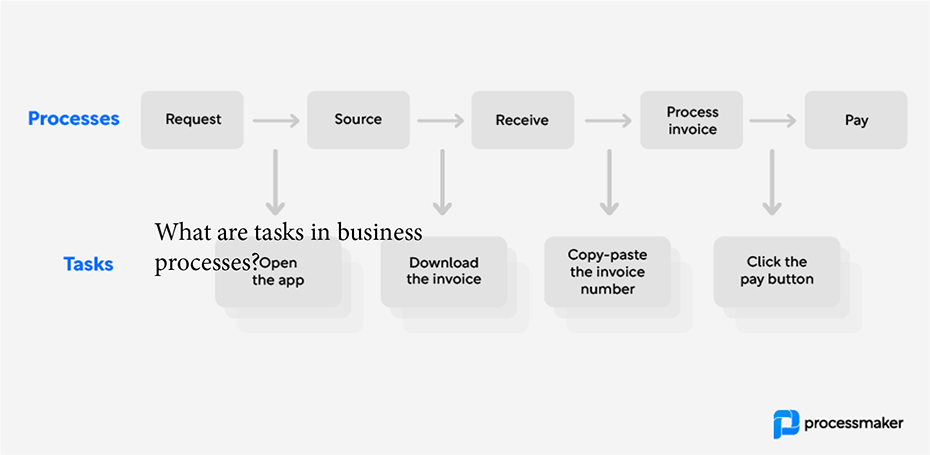
Benefits, challenges, and use cases for task mining
Like any enterprise software, task mining is not a one-size-fits-all solution for a company’s visibility issues. In this section, we will explore the most beneficial use cases of task mining, as well as the challenges that come with its implementation.
Key benefits of task mining
Task mining is a flexible solution that covers a number of key use cases for enterprise businesses. The top six benefits of task mining include:
- Visibility to workflows. Task mining technology gives transparency to how work is done – allowing for data-driven ways to remove bottlenecks, improve lead time and identify automation opportunities.
- Increased efficiency. The technology identifies bottlenecks to speed up process improvement. When issues slowing processes and people down are quickly found and dealt with, employees can forget about boring, repetitive busy work and focus on the tasks that matter.
- Transparent performance measurement. Task mining is not, as some people worry, a tool for “spying” on employees. However, it does focus on individual tasks rather than end-to-end processes, which gives managers valuable insights into staff performance.
- Operational benchmarking. Collected data adds up to give organizations a bigger-picture view of their processes. For example, managers might find that many people find a particular new task challenging, which indicates a need for better company-wide training and catch-up sessions.
- Better compliance & risk management. data-driven approach helps organizations ensure better process governance.
- Cost savings. Is the main purpose of task mining technologies is to find what kind of saving operations can be done fast, it helps organizations achieve cost savings quickly.
Task mining challenges
- Data privacy concerns: Task mining involves tracking and recording the actions of employees to understand the tasks they perform. This often raises data privacy concerns, as employees may feel their privacy is being invaded.
- Complexity of tasks: Tasks within an organization are usually complex and interconnected. Task mining has to deal with this high level of complexity to provide meaningful insights, and understanding these complex relationships can be quite challenging.
- Data overload: Task mining generates a large amount of data, which can lead to information overload. It can be challenging to sift through this data to identify the most relevant and actionable insights.
- Resistance to change: As with any other technology, there may be resistance from employees, which is understandable considering the nature of the tool.
What are the use cases for task mining?
Task mining can be used for various business needs from process improvement to different scenarios of employee monitoring and performance evaluation. While the use cases can be both broad and very business-specific, there are five common uses in business operations.
1. Optimizing business operations or approvals
Task mining technology is widely adopted in shared services and business operations, focusing on repetitive activities like case management and approvals. It streamlines invoice processing by identifying inefficiencies and automation opportunities, reducing errors, processing time, and enhancing supplier relationships.
In HR, task mining improves key performance indicators, employee onboarding, performance reviews, and processes, resulting in streamlined HR, better experiences, and reduced turnover.
2. Accelerating Intelligent Automation
Another use case for task mining is as a catalyst for intelligent automation. Task mining helps identify routine, repetitive tasks and workflows that can be automated, for example, using robotic process automation tools and technology.
Task mining can also help quantify the cost-benefit of adapting intelligent automation software.
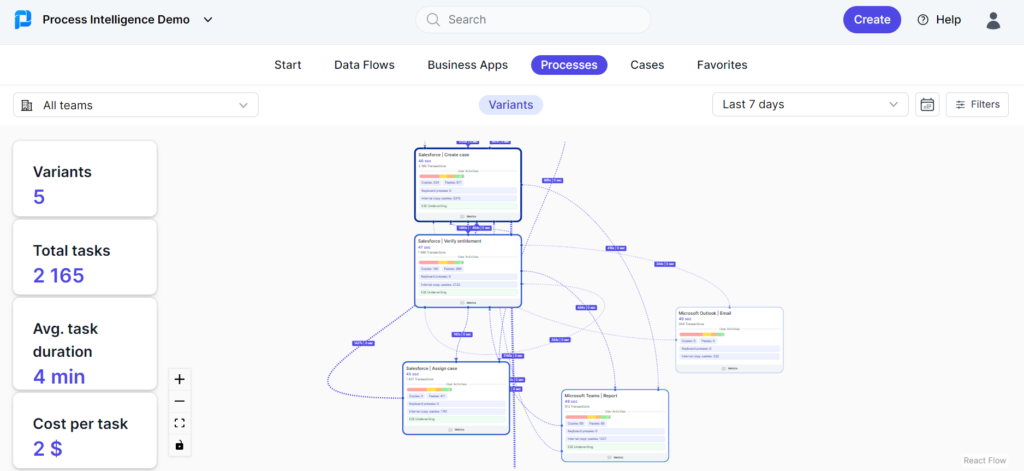
Screenshot from ProcessMaker – a process intelligence software: process variants
3. Streamlining Customer service
Task mining aids customer service functions in detecting bottlenecks by analyzing agent interactions and software tools. It identifies patterns, allowing organizations to take corrective actions, reorganize workflows, implement new technologies, or provide additional agent training for more effective and efficient customer interactions. This leads to faster onboarding, increased productivity, and higher customer satisfaction.
4. Improving sales and marketing processes
In sales and marketing operations, task mining optimizes lead generation by analyzing successful sales representatives’ activities. It increases efficiency, drives revenue growth, and informs strategies for customer retention, reducing churn, increasing customer value, and strengthening brand reputation.
5. Enhancing IT support and management
Task mining solutions can improve incident resolution by identifying patterns in support ticket data, such as common issues, resolution times, and bottlenecks for resolving tickets.
It can also provide valuable insights into proactively resolving common customer complaints and challenges by providing insights into the common challenges that can be addressed in the knowledge base and one-to-many customer service.
Task mining tools
Task mining is still a relatively new technology, but companies have already been picking up the trend. There are several business process management vendors, and process discovery software companies have increasingly been acquiring task mining companies as well. Some of the more popular vendors are Nintex, Pega, UiPath, Kofax, Abbyy.
The ecosystem is growing further, bringing to life many innovative startups that are bringing more depth and better ways of discovering business data. For a more detailed view, see a comprehensive list of top task mining software.
There are several technologies that are very similar to each other in terms of the goals they achieve and thus get confused often with task mining. The closest ones are process mining and process discovery.
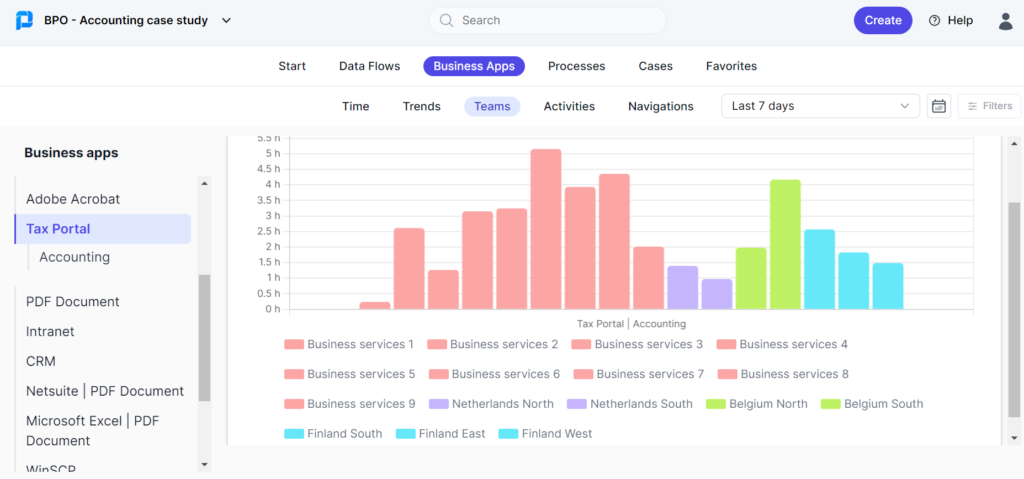
Example of a task intelligence software – ProcessMaker process intelligence
Task mining vs other technologies
Several technologies have similar goals and are often confused with task mining. The closest ones are process mining and process intelligence. While they aim for the same improvements, the underlying technologies and analysis methods differ. These differences will be discussed in this chapter.
Task mining vs process mining
Process mining and task mining are two closely aligned technologies that are easy to get confused with each other.
One of the main differences between process and task mining is where they get the data from. In the case of process mining, it uses the log data generated by systems and technologies, e.g., enterprise resource planning systems. On the other hand, task mining gets the data from people’s actual use of all the whitelisted systems and applications.
Another key difference is, of course, the level of granularity. Process mining helps to record every major step in the process that event logs produce the data for. For example, in the Accounts Payable process the steps could be:
- The invoice is received.
- The invoice is reviewed.
- The invoice is approved.
- The invoice is paid to suppliers.
Task mining, in contrast, helps to see what happens between these bigger steps through snapshots and recordings. In the above case of Accounts Payable, the tasks could be:
- Opening the invoice document.
- Copy-pasting the invoice number between systems.
- Sending the invoice via email for invoice approval.
Both technologies are very effective and are able to help managers with valuable insights into the workflows. Depending on the use cases at hand, either of them or both could be a good place to get started with digital improvements.
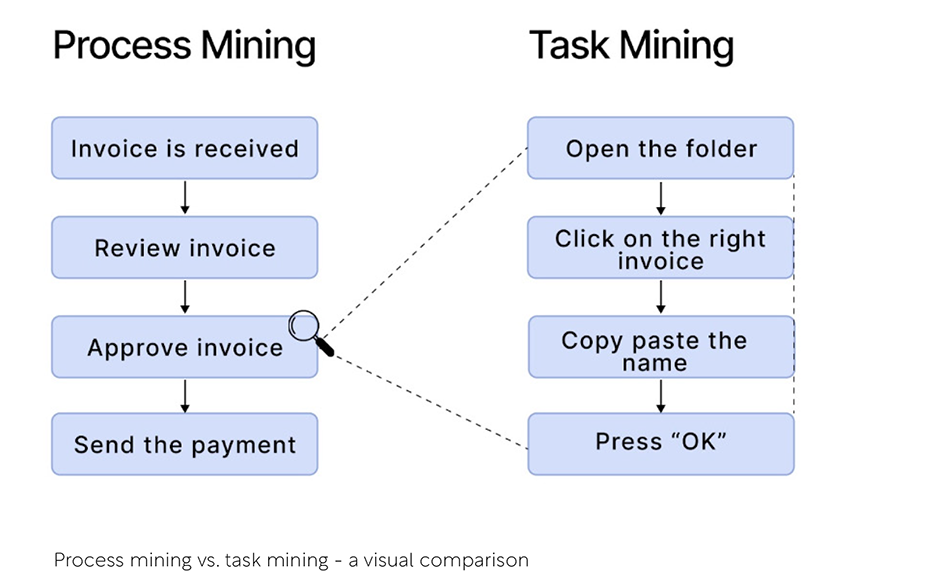
Task mining vs process discovery
Task mining and process discovery are two related but distinct concepts within the broader field of process intelligence. Both aim to help organizations understand and optimize their business processes, but they focus on different aspects of these processes.
Task mining focuses on analyzing the tasks performed by employees during their daily work. Process discovery, on the other hand, focuses on identifying and visualizing the overall business processes that take place within an organization.
Both techniques are valuable for organizations seeking to optimize their processes and drive continuous improvement.
Benefits of combining task mining and process mining
As we’ve seen, task mining is in itself a powerful tool for any enterprise leader looking to improve operational excellence. It can give insights into task and workflow improvements across various enterprise operations use cases, while many of the challenges of early task mining software have been addressed.
Increasingly, task mining is being adapted together with process mining, and many process intelligence vendors offer both solutions. The key challenge to this approach is that task mining and process mining collect data in completely different ways. A process mining solution based on collecting event logs from enterprise systems will have difficulties to include task insights (e.g., throughput time analysis or cost-per-task analysis) without a clean connection to task insights gathered from the employee workstation.
Hybrid process intelligence solution as an alternative
There is a new more powerful alternative to using process and task mining technologies, which is a hybrid Process Intelligence solution, such as ProcessMaker Process Intelligence (PI). This hybrid solution encompasses the advantages of both process mining and task mining, while also providing additional benefits. It addresses the aforementioned limitations of task mining and provides a more complete comprehensive analysis of work. To learn more about how hybrid technology works, read the latest whitepaper on PI.
